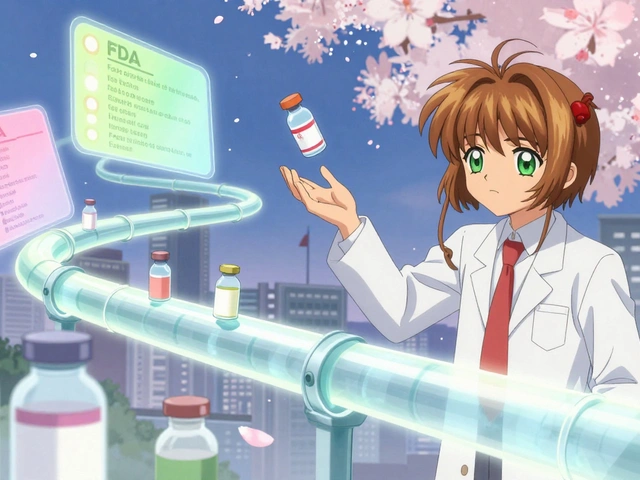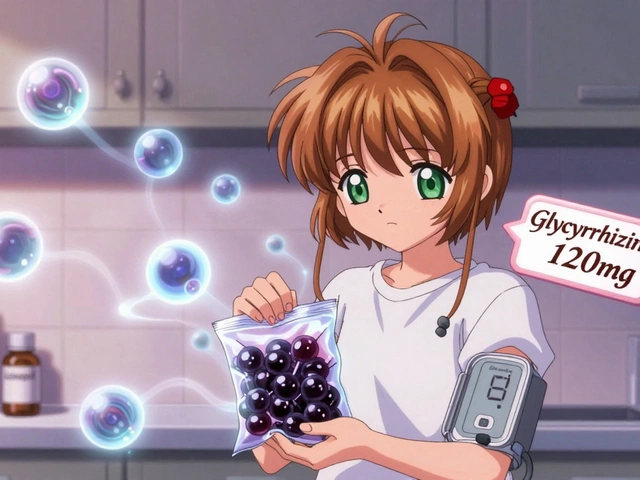Ambrette: what it is, where you’ll find it, and what to watch for
If you’ve seen “ambrette” on a label and wondered whether it’s safe, you’re not alone. Ambrette usually refers to ambrette seed or its oil (from Abelmoschus moschatus) and to synthetic forms called musk ambrette used in perfumes and personal care. Both types give a warm, musky scent that perfumers love, but they aren’t identical and they carry different safety notes.
What ambrette is and how it’s used
Natural ambrette seed oil comes from the seeds of a flowering plant. It’s used in high-end perfumes, scented oils, and some traditional remedies. Synthetic musk ambrette was developed to mimic that musky smell and appears in fragrances, detergents, and cosmetics. Manufacturers choose between natural and synthetic versions based on cost, scent profile, and formulation needs.
On ingredient lists you might see “ambrette seed oil,” “Abelmoschus moschatus seed oil,” or “musk ambrette.” If you want the natural version, look for the botanical name; if you see “musk” plus a chemical-sounding name, it’s likely synthetic.
Safety tips and practical checks
First, do a patch test. Apply a tiny amount of the product behind your ear or on the inner forearm and wait 24–48 hours for redness or irritation. That’s the fastest way to spot a personal sensitivity.
Second, read labels carefully. Natural ambrette seed oil is less likely to be flagged as restricted, but synthetic musk ambrette has raised safety questions in the past. Regulators and fragrance bodies have limited or banned some synthetic nitro musks because animal studies pointed to phototoxicity or organ effects. That doesn’t mean every product is dangerous, but it does mean you should be cautious with concentrated or leave-on products.
Third, avoid ambrette-containing products if you’re pregnant, breastfeeding, or have very sensitive skin unless a clinician clears it. Fragrance ingredients can interact with certain skin conditions or medications, so ask your dermatologist if you’re unsure.
If you prefer to skip ambrette, look for labels that say “fragrance-free” or use plant-based alternatives like ambroxan-free blends, vetiver, or synthetic musks that meet current safety standards. Many brands now list compliance with IFRA (International Fragrance Association) guidelines—those products tend to follow stricter safety rules.
Finally, if a product smells unusually strong or you can’t find clear ingredient info, contact the brand. Reputable producers will share whether their fragrance uses natural ambrette seed oil or a synthetic substitute and whether they follow safety standards.
Short checklist: 1) Patch test first. 2) Check for “ambrette seed oil” vs. chemical names. 3) Skip if pregnant or very sensitive without medical advice. 4) Prefer IFRA-compliant or fragrance-free options when in doubt. These simple steps help you enjoy scents without surprises.
Get Ready to Elevate Your Health with Ambrette: The Dietary Supplement You Can't Afford to Miss
In my latest blog post, I delve into the world of Ambrette, a dietary supplement that's making waves in the health industry. It's one wellness aid that you simply can't afford to miss out on. I discuss how incorporating Ambrette into your routine can significantly enhance your overall health. I also share insights into its benefits, from boosting digestion to improving heart health. Tune in to learn more about how this supplement could be just what you need to elevate your health to new heights.






